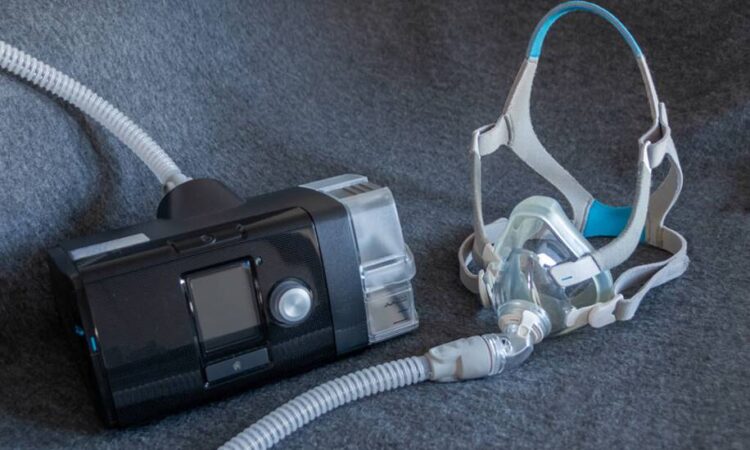
In many industries—from construction and manufacturing to healthcare and emergency response—respirators are essential for protecting workers from inhaling harmful dust, fumes, gases, and airborne pathogens. However, before an employee can safely wear a respirator, they must undergo what is known as respirator medical clearance. This process ensures that an individual is physically able to wear a respirator without risk to their health. Far from being a mere formality, respirator medical clearance is a critical component of workplace safety and compliance.
What Is Respirator Medical Clearance?
Respirator medical clearance is a medical examination that the Occupational Safety and Health Administration (OSHA) mandates every worker to undergo prior to working on the job using a respirator. Under the Respiratory Protection Standard (29 CFR 1910.134) of the OSHA, employers are required to conduct medical examination to assess the ability of an employee to use respirator safely.
This is normally done by a medical questionnaire and a face-to-face medical examination by a licensed medical professional when required. This is aimed at determining the respiratory and cardiovascular well-being of the worker, so to confirm that the use of a respirator will not bring undue stress or cause any health hazards. Go to this site to learn more.
Why Medical Clearance Is Necessary
A respirator causes the body to put physiological strain. It is capable of complicating breathing, raising heart rate and loading the cardiovascular system. The application of respirator may be dangerous to people who have some health disorders, including asthma, heart disease, or anxiety disorders.
Medical clearance assists in determining these possible problems early enough before they turn out to be hazardous. In ensuring that a particular employee is fit to operate a respirator, the employers avoid accidents or health related complications to the employee and the organization.
Also, respirator medical clearance makes certain that all regulations related to OSHA are followed and expensive penalties and court cases that may occur in case of the contrary are avoided.
The Medical Evaluation Process
The evaluation process begins with a confidential medical survey, which include important health areas such as:
- Breathing difficulties or lung conditions
- Heart problems or high blood pressure
- Seizures, diabetes, or neurological issues
- Claustrophobia or anxiety that may affect respirator use
- Recent surgeries or other conditions affecting breathing or stamina
A licensed healthcare provider (PLHCP) including a physician, nurse practitioner, or occupational health specialist reviews this questionnaire. Read this for reference.
In case the provider notices possible concerns, the latter might ask to carry out some additional testing, e.g. pulmonary functions tests, blood pressure monitoring, or a physical examination. After the completion of the review, the PLHCP will give a written medical opinion whether the employee is:
- Cleared by a physician to wear a respirator with no limitations
- Cleared under conditions (e.g. special type of respirator)
- Disqualified either temporarily or permanently
Notably, employers are only given the clearance status of the worker, rather than his or her detailed medical information, eliminating privacy and confidentiality.
Frequency of Medical Clearance
OSHA does not mandate the annuity medical clearances unless the worker has a shift in health condition or work environment that may impinge respirator usage. The employees will have to be reviewed though, when they:
- Report medical symptoms of respirator use.
- Undergo a shift in the job responsibility or respirator use.
- Have been found to have problems with fit testing or use.
- Suffers major health changes like surgery or heart/ lung diseases.
On-the-job supervision is useful in maintaining safety particularly where the work is physically demanding or risky.
The Role of Employers
Employers are of great importance in the respirator clearance process. They must:
- Offer free medical assessment to the employees.
- Make sure that they are assessed by competent medical personnel.
- Record OSHA medical clearances.
- Give proper training and fit test to every employee.
Companies can provide an excellent working environment through taking the initiative to regulate this process and this proves that they are concerned about the health of their employees.

The advantages of respirator medical clearance are of benefit to everyone.
Respirator medical clearance is not a mandate that is imposed by the law but rather a necessary investment in safety and well-being. To employees, it gives them a sense of peace, because they can work without jeopardizing their health. To employers, it lowers the liability, encourages compliance with regulations and creates a culture of safety and responsibility.
A respirator that is duly cleared and equipped can be the difference between life and injury in a work situation which presents an everyday risk of contact with contaminating materials or infectious agents. It is difficult to ensure that people go home healthy at the end of the day unless medical preparedness is done.
Conclusion
Respiratory medical clearance is a foundational aspect of workplace safety programs. It safeguards employees from hidden health risks, protects employers from compliance issues, and strengthens the overall integrity of occupational health systems. Whether in healthcare, construction, or manufacturing, taking this step seriously ensures that every breath workers take on the job is a safe one.



